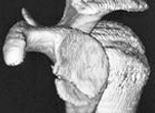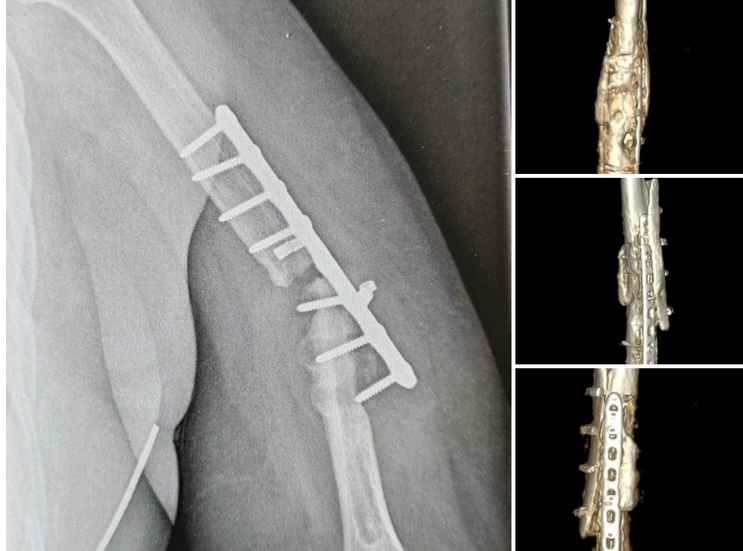SHOULDER FRACTURES
- Alain Iserin
- Jul 16, 2024
- 3 min read
Updated: Aug 9, 2024
Shoulder fractures are among the most common injuries to the upper limb. They often require emergency treatment. The consequences of these fractures are usually quite long.

ANATOMY AND PHYSIOLOGY
The shoulder joint is made up of several types of structures, including bones and soft parts.
Bone structures are made up of three main bones:
The humerus, whose upper articular part has a rounded shape and constitutes a third of a sphere.
The scapula, a flat triangular bone, sliding over the thorax, whose articular part or glenoid, articulates with the head of the humerus to form the main joint of the shoulder.
The clavicle, a horizontal bone, with an "s" shape, connecting sternum to scapula.
The shoulder therefore has three main joints:
the glenohumeral joint, between the head of the humerus and the glenoid of the scapula,
the acromioclavicular joint, between the acromion, extension of the scapula, and the clavicle,
the sternoclavicular joint, between the inner part of the clavicle and the sternum
CAUSES AND SYMPTOMS
The most common cause of shoulder fractures is violent trauma:
by a fall from a high place,
by a fall during sports
by an accident,
by a domestic accident for osteoporotic elderly people.

The symptoms pointing to the presence of a fracture or dislocation are:
the perception of a cracking sound
extremely severe shoulder pain at rest,
pain when trying to move the arm
a deformation caused by à dislocation
a bruise.
DIFFERENT TYPES OF FRACTURES
1. CLAVICULE FRACTURES
SYMPTOMS
Those fractures are very common in young and sports people and are related to a fall. The distorsion can be seen easily
A standard X ray confirms the diagnosis and assess the location ( mid third or distal) and the number of fragments (2,3,4 or more)
TREATMENT
Conservative treatment:
It could be just a sling for 3 weeks but the deformity and the shortening remains even if the clavicle heals.
Surgical treatment:
Is necessary if the patient is young and active to restore the original anatomy and the normal length using plate and screws
Mid shaft fractures. They are the most common clavicle fractures. The medial fragment moves upwards.
The distal clavicle fractures
They need an operation if the clavicle ligaments are torn
2. SUPERIOR HUMERUS FRACTURES
They are common in elderly patients with 2,3 or 4 fragments sometimes with dislocation

Undisplaced fractures will be treated by immobilization for 3 weeks
Complex fractures will need an operation after an assessment by a 3D CT scan.
In young patients its worth fixing the fracture with plates or nails in order to restore anatomy.
In older patients, complex fractures need à reverse shoulder replacement with reduction and solid fixation of both tuberosities
3. SCAPULA FRACTURES
The scapula is a flat bone with numerous expansions.The worst scapula fracture is the one that involves the articular surface or glenoid which maybe related to à dislocation. Every displaced fracture should be reduced through key hole surgery or open procedure if needed.
COMPLICATIONS
Complications may occur after a shoulder fracture such as nerve or vessel issues.
Non union may also happen which will need fresh or frozen bone as a graft
Infection rarely, mal union and arthritis may occur
REHABILITATION AND RECOVERY
Rehabilitation is necessary regardless the type of treatment adopted: conservative or surgical.
Indeed, a fracture should be most often immobilized to allow healing. Under these conditions, the joint stiffens and the muscles melt.
When the patient is freed from its immobilization, it is advisable to start physio especially in the water to recover motion first.
Then physio sessions are need in order to start, muscle strengthening.
Full recovery from a shoulder fracture takes time and physio will be gentle and pain free.






















